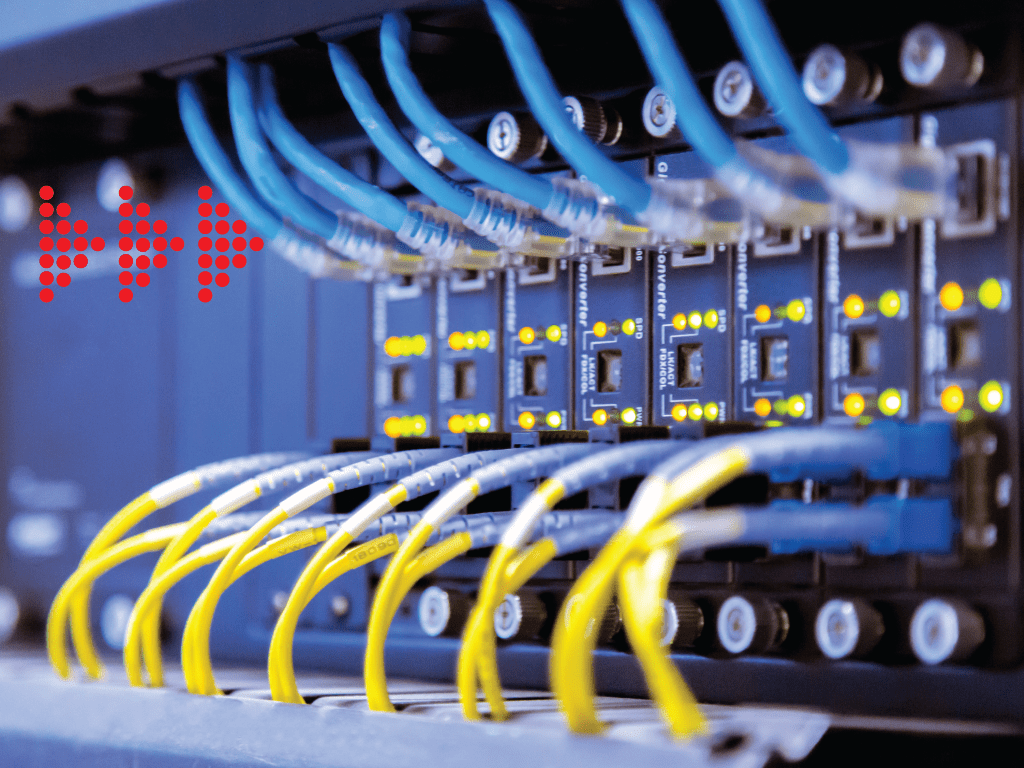Do you feel like you’re a mess of numbers and subnet masks when someone starts talking IP addresses? This is normal. Mastering IP Subnetting is no joke but don’t despair: this ultimate ip subnet cheat sheet will make the process less of a daunting mystery! Learn how to recognize and identify subnets with this guide. It doesn’t matter if you think your networking skills advanced or you’re just beginning to learn, administrators of all networks must understand the fundamentals of IP address and how it functions in order for their own networks to function correctly.

Subnetting of IPs is a critical capability for network administrators and IT professionals, allowing them to effectively manage and optimize the network’s resources. We’ve created the ultimate cheat sheet that will assist you to understand the intricacy of subnetting. This comprehensive guide is a great resource for anyone who wants to understand more about IP subnetting.
I. Understanding IP subnetting:
IP subnetting is a method that separates networks into subnetworks or smaller networks to enhance the performance of the network as well as manage IP address allocation. It involves forming logical divisions within a network, and assigning unique addresses to each subnet. This allows data to be routed efficiently and enhances security.
II. What is the significance of cheat sheets for subnetting?
Subnetting cheatsheets are a helpful tool for administrators of networks. It’s a resource that includes formulas as well as rules and subnetting techniques. This allows subnetting to be more efficient and more precise. Whether you need to calculate subnet masks, determine the host and network ranges, or conduct subnetting calculations, having a cheatsheet on hand saves time and ensures accuracy.
III. IP Subnet cheat sheet: the most important components:
1. Subnet mask: A subnet masque determines the network and host portions of an address. This cheat sheet provides quick to find out the subnet mask by looking to the number of bits within the network.
2. Network Address Network Address: A network address serves as the basic address of subnets. It’s used to identify subnets within the larger network.
3. Broadcast address: The broadcast addresses is the primary address of the subnet. This address is used to communicate data to all devices in that subnet.
4. Host Range This host range consists of all IP addresses that are valid and can be assigned to devices in a subnet, excluding the network and broadcast addresses.
5. CIDR Notation: The Classless Inter-Domain Router (CIDR) notation is the slash (/) which is followed by the number bits that make up the network. For quick reference the cheat sheet contains an example of a conversion chart.
IV. Tips and tricks for subnetting success
1. Subnetting By Hand: This cheat sheet provides step-by-step instructions on subnetting with no need for calculators or other tools to subnet. Understanding the principles of subnetting can help you conquer issues confidently.
2. Variable Length Subnet Masking (VLSM) VLSM is a method that allows for the allocation of different-sized subnets within an internet. The cheat sheet subnet gives guidelines on how to use VLSM effectively in order to maximize IP address allocation.
3. Binary to Decimal Converter: Understanding binary-to decimal conversion is essential for subnetting. The cheat sheet has the table of conversion as well as tips for quickly converting binary numbers into decimal.
4. Subnetting Quick-Reference Chart: This cheat sheet contains the subnetting table that maps the number or network bits to the subnet mask that corresponds to them, along with the number of hosts, networks host, subnets, and hosts.
5. Subnetting examples This cheat sheet provides practical examples of subnetting and sample problems. It allows you to improve your understanding and to practice your abilities.
V. The advantages of using a subnetting cheat sheet:
1. You can cut down on time by using a cheat sheet for subnetting. It allows you to efficiently and accurately complete subnetting calculation tasks.
2. Accuracy and effectiveness The cheat sheet is a reliable resource that reduces the possibility of errors in subnetting calculations, and ensures effective utilization of the network resources.
3. Learning Aid Cheat Sheet as a learning aid helping you understand subnetting concepts and techniques more effectively. It helps you understand subnetting concepts and techniques better.
IT professionals with a good understanding of IP Subnetting can configure and maintain IP Networks efficiently. If you’ve read the complete cheat sheet for network administrators, it is likely that you’ve gained important insights about how to handle and evaluate subnets. While IP subnetting might not require a deep knowledge of network fundamentals yet, it’s essential to study them in order to understand the tools. As with any IT ability, repetition makes perfect. Spend the time to go through the IP Subnetting Cheat sheet exercises every day to build your understanding of the of the question. Best of luck!